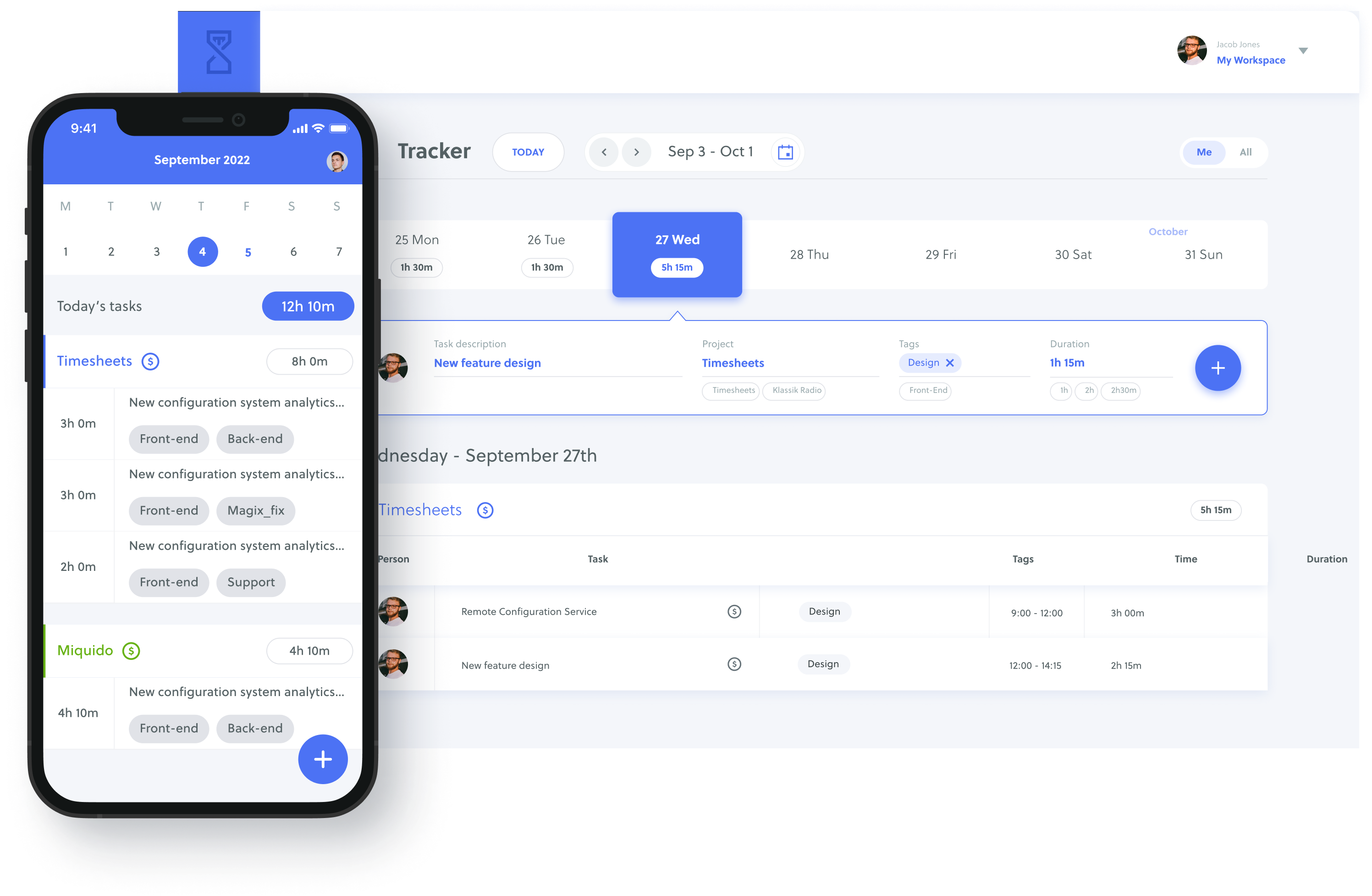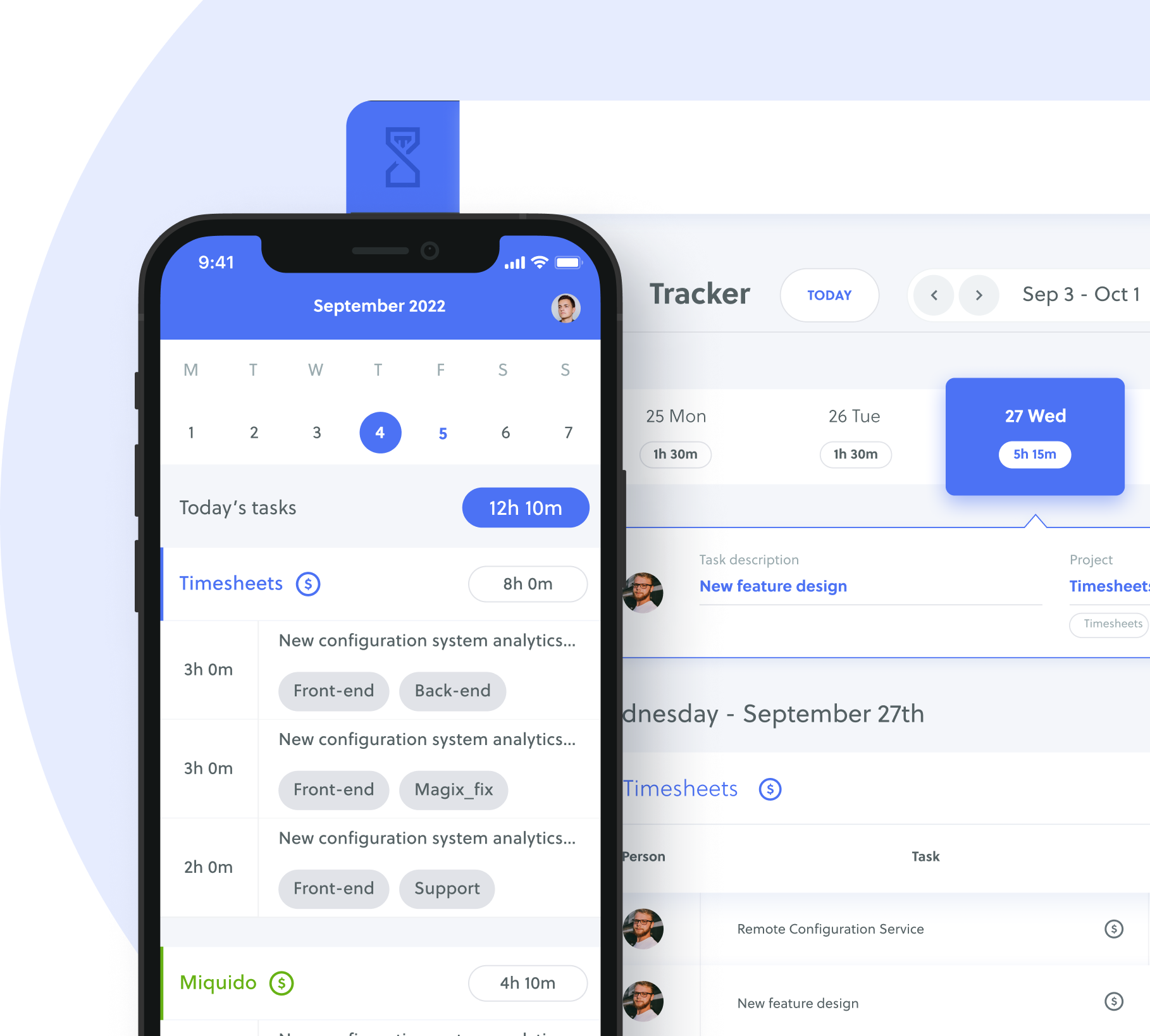When we talk about projects, many are searching for the perfect practices and tools to do the task. Nonetheless, selecting the best people to lead such projects is only as essential. You must choose someone who is both willing and capable of taking on the responsibilities provided to them.
Hence, before choosing the person for every task, you must learn first what it entails.
Undoubtedly, some of the most crucial roles in projects are the leading ones. Nevertheless, there is still some uncertainty about understanding the differences between product managers versus product owners versus project managers.
Sometimes, people are more likely to think such roles are similar and fail to use their fullest potential. Read further to ensure this doesn’t happen to you and learn the key purpose behind every role and their key differences.

Table of Contents
Overview of Product Manager vs. Project Manager vs. Product Owner
To begin, let’s first understand the definitions of the three roles.
🧑🏻💼 Product Manager
A person who must connect customer needs, business strategy, and product-building knowledge to establish the most valuable products for the market. They’re in charge of setting the company course and strategy.
🧑🏻💼 Project Manager
A person who handles the project regularly and concentrates on conducting the product vision with the product team. They guarantee everything runs smoothly daily. It’s the most hands-on role out of the three.
🧑🏻💼 Product Owner
A person who communicates the customer’s voice to the Scrum team and prioritizes product backlog. They work to translate the product vision into comprehensive requirements and tasks for the Scrum team.
Now that you have a rough understanding of the three roles, it is time you learn what is entailed in their execution.
What is a Product Manager?
A product manager is a person in charge of the whole product lifecycle. Their job is to connect the gap between sales/marketing, engineers, and customers to offer a clear way of where the product must be going.
Normally, a product manager concentrates on researching their competitor products and customer needs and developing a strategy on how to create the most beneficial product. In most companies, that role has a lot of power in the decision-making process, shaping the organizational path.
Most product managers are promoted to this role by climbing from the company itself. They can utilize their skills from their previous position to make the most optimized decisions.
In giant companies, it’s typical to see numerous product managers all committed to certain niches. The most typical divisions are dedicating people to the platform, technical, and growth product management.
Responsibilities of a product manager:
👉 Analyze and adapt
No plan is good if it’s not properly implemented. A product manager is responsible for analyzing the entire process, how recent changes enhanced the product and what could be changed in the future.
👉 Prioritize
It’s their job to curate product backlog. Also, it’s up to them to determine what features must be prioritized and what should wait. This is performed based on the entire project goals and the possible value every feature could bring to the customers.
👉 Curate suggestions
A product manager gathers ideas about potential improvements to ensure the product grows and evolves properly. It’s up to them to assess what has been recommended and choose what should be included in the product backlog and executed.
👉 Plan the work
Another critical responsibility of a product manager lies in planning. It’s up to them to translate the strategy into a particular plan of what should be accomplished and when.
👉 Understand the user
Product managers are the user’s voice in a company. They must have a good understanding of what the users desire. It is done through customer interviews, research, and testing.
👉 Set the strategy
It involves developing a product vision, discussing the business case with the team, and aligning the budget to meet the product goals.
In most scenarios, organizations see little difference in product manager versus project manager, which is a problem. A product manager is a role made for research and strategic planning. On the other hand, a project manager must concentrate on performing the work with a team.
Putting such two roles into one runs the risk of giving a lot of responsibility to one individual and taking away the decision power from the product manager.
There’s also no particular product management certification anyone interested in this role must take. Just like the market, the role is constantly changing, and thus, it’s essential to continue learning throughout the career.
What is a Project Manager?
A project manager is responsible for performing projects within the set scope, budget, and time. As opposed to the first role, they are focused on executing the project vision with the project team and presenting the outcome.
It’s also their job to translate the bigger organizational goals into actionable plans, which can be accomplished with the project team. They often go through the stages of initiating, planning, performing, monitoring, and closing the project. It’s also the most present-oriented and hands-on role out of the three.
Keep in mind that the project manager role is also the most versatile. To lead the team successfully, they must be a supervisor, a team player, and a leader simultaneously. While also having a selection of skills for planning, performing, solving problems, and leading the project through all of the ups and downs.
A project manager is in charge of accomplishing the company goals and guaranteeing the project’s success.
Responsibilities of a project manager:
The responsibilities of a project manager differ according to company size and project. Nonetheless, they can be outlined in the following points.
👉 Communicate with stakeholders
A project manager must be a communication wizard. They’re in charge of keeping the communication flowing among interested parties and must find ways to adapt their communication style to different people.
👉 Handle project conflicts and constraints
Every project is defined with three project constraints—scope, budget, and time. It is up to the project manager to make sure the team stays within their constraints or modify the project plans if any of them are surpassed. It’s also their role to resolve any conflicts that may arise throughout the project.
👉 Supervise the team
A project manager is responsible for guaranteeing the team performs all the project tasks. Therefore, they must delegate work, handle the workload, set deadlines, and support their team members in case any problems arise.
👉 Set the project schedule
A project manager must identify how much time they will need for a project. They must plan out the project on a project timeline and guarantee the entire team follows as closely as possible.
👉 Create a project plan
A project manager is also in charge of taking company goals and turning them into actionable plans, which can be performed by a team. They must identify what must be done, the number of people that should do it, and the resources they will require.
Keep in mind that the role of a project manager is composed of many different responsibilities and skills. One of the most typical misconceptions about this role is assuming they must only do the planning or workload management.
There might be numerous people working on leading the project in larger organizations that have divided the responsibilities. However, that’s not the case in most projects.
So, what’s the difference between a project manager and a product manager? The former role needs a huge amount of versatility and the capability to change focus based on the project’s stage. It’s not focused on only one aspect of it but on the entire execution from beginning to end.
A project manager is also the most diverse role out of the three. Hence, the selection of certifications is bigger than including PMI Professional in Business Analysis, Project Management Professional, Certified in Project Management, and many more.
Understand your team’s performance
Start tracking time with Quidlo Timesheets and understand team’s performance better.
What is a Product Owner?
The role of a product owner is often found in the Scrum network. The purpose of this role is to maximize the product value. It’s accomplished by deciding what the Scrum team must work on and when that is then reflected in the product backlog.
The product owner’s role brings many similarities to one of the product managers. They must set the product vision, communicate the customer’s voice, and collaborate with different stakeholders to perform that vision.
Nonetheless, that role also brings some of the responsibilities of a project manager. That’s because they must actively participate in a sprint review and Sprint planning to track the team’s progress.
It is essential to keep in mind that the product owner is included in some of the activities of the Scrum team, but they aren’t in charge of that team. They are only there to support the team and support them on what’s the most critical and how to develop the best possible product.
Responsibilities of a product owner:
Here are more responsibilities you can expect from a product owner:
👉 Assist the Scrum team
A product owner isn’t responsible for the Scrum team, but they must guide them. The PO helps the team in User Story development and partakes in sprint planning and review.
👉 Collaborate with the customer, team, and other stakeholders
To have a good understanding of where the product must be going, a product owner should be good at communicating with different parties. That involves talking to the Scrum team, stakeholders, and customers and representing their ideas to one another.
👉 Develop and prioritize the product backlog items
With the main goal in mind, the product owner develops and prioritizes the product backlog for the entire Scrum team. They choose which items will add the most value in the next Sprint and mark those as high priority.
👉 Develop and communicate the product goal
It’s up to the product owner to assess the existing product and choose how it will be developed. They are in charge of setting a clear way for the Scrum team by communicating with stakeholders and performing research.
The most typical misconception is assuming that there’s no difference between a product owner and a project manager. Most teams are moving away from standard project management practices as Waterfall thinks that the product owner is considered the team leader.
In reality, the role of a product owner is similar to a product manager. The Scrum team is a self-sufficient group of people that can do work on their own. Meanwhile, a product owner isn’t there to handle the team but to aid them in making the most valuable product.
The two certifications for product owners are Professional Scrum Product Owner (PSPO) and Certified Scrum Product Owner (CSPO). There are also various certifications, but those two are the most dependable ones.
Similarities of Product Manager vs. Project Manager vs. Product Owner
You can find the major similarities when comparing product owners and product managers. Both roles work in providing the final product for their customers. They must communicate with stakeholders, provide the customer’s voice, and have a close relationship with the team.
What’s more, they’re responsible for developing and prioritizing the action plan for the organization and making sure the teams are working on the most valuable items.
Differences between Product Manager vs. Project Manager vs. Product Owner
The major differences in such roles are seen when comparing project manager versus product manager or project manager versus product owner.
The product roles focus on setting the vision on where the product or organization must be heading. On the other hand, the role of a project manager emphasizes executing that vision along with a team. It’s a hands-on role that needs performing projects from beginning to end.
Final Thoughts 💭
When it comes to Product Manager vs. Project Manager vs. Product Owner, it is essential to keep in mind that each of those roles brings particular benefits and functions. Understanding their similarities and differences will allow you to better distinguish them from one another and efficiently choose who should be involved in your next meeting.
But in reality, it is preferable to get all three. Their roles are interconnecting and diverse. If organized appropriately and concisely defined, they can work together in harmony to increase your business efficiently and strategically and not even break a sweat.
0






